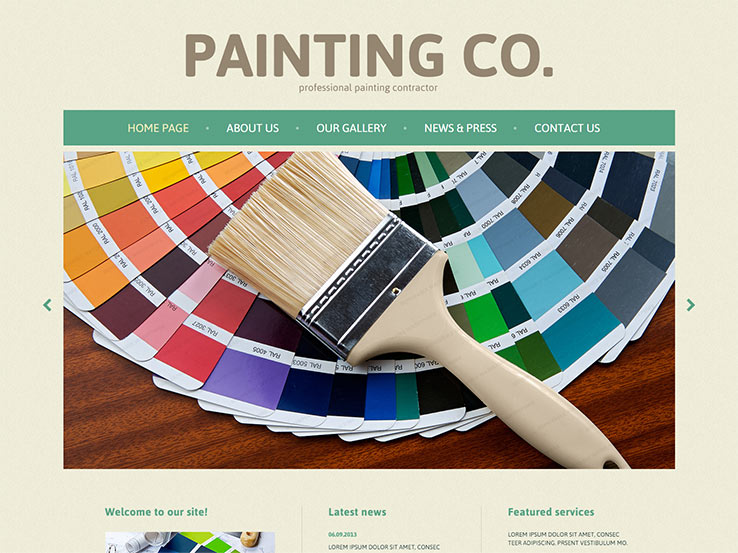Beneath The Surface Area Of Your Industrial Outside Paint Job Lies The Essential Role Of Weather Condition-- Find Exactly How It Can Make Or Break Your Results
Beneath The Surface Area Of Your Industrial Outside Paint Job Lies The Essential Role Of Weather Condition-- Find Exactly How It Can Make Or Break Your Results
Blog Article
Published By-Rode Stiles
When you're preparing an industrial external paint project, do not underestimate the effect of climate on your outcomes. You need to think about variables like temperature, humidity, and precipitation, as they can make or damage your paint job. For instance, did you know that ideal conditions ask for certain temperature level ranges and moisture degrees? Stopping working to check these aspects can cause uneven finishes and even damage to fresh paint. Understanding these aspects is vital to accomplishing a long-lasting, specialist result. So, what specific climate condition should you watch out for?
Temperature Considerations
When it concerns business outside painting, temperature level plays an important function in the end result of your project. If you're painting in extreme warm, the paint can dry too rapidly, bring about problems like bad attachment and uneven surfaces. You intend to go for temperatures in between 50 ° F and 85 ° F for the very best results. Below 50 ° F, paint may not cure appropriately, while above 85 ° F, you run the risk of blistering and fracturing.
Timing your task with the ideal temperature levels is crucial. Start your job early in the morning or later on in the mid-day when it's cooler, particularly during hot months.
Also, consider building painting can be significantly higher than the air temperature level, particularly on sunny days. Make use of a surface thermostat to check this before you start.
If temperature levels are unforeseeable, keep an eye on the weather prediction. Abrupt temperature level decreases or heat waves can thwart your strategies. You do not want to begin repainting only to have the problems change mid-project.
Humidity Levels
Moisture levels significantly impact the success of your commercial external paint task. When the humidity is too expensive, it can hinder paint drying and treating, causing a range of issues like inadequate attachment and end up quality.
If you're intending a task during damp problems, you might find that the paint takes longer to completely dry, which can prolong your project timeline and increase expenses.
Conversely, reduced moisture can likewise posture challenges. Paint might dry out too promptly, avoiding correct application and resulting in an irregular finish.
You'll intend to keep an eye on the moisture levels very closely to ensure you're functioning within the perfect array, generally in between 40% and 70%.
To obtain the most effective outcomes, take into consideration making use of a hygrometer to determine humidity before beginning your job.
If you discover the levels are outside the optimum array, you may need to readjust your routine or pick paints made for variable problems.
Constantly speak with https://www.beaconjournal.com/story/news/2021/06/19/home-tess-pain-painting-cabinets/7714214002/ for specific recommendations on humidity tolerance.
Precipitation Influence
Rain or snow can considerably disrupt your business external paint strategies. When precipitation happens, it can wash away fresh used paint or produce an uneven finish. Ideally, you want to pick days with completely dry weather condition to make certain the paint sticks properly and treatments efficiently. If you're caught in a rain shower, it's ideal to halt the task and await problems to improve.
In addition, snow can be much more destructive. Not just does it produce a wet surface area, yet it can likewise lower temperatures, making it difficult for paint to dry. This can cause problems like peeling or blistering down the line.
It's essential to inspect the weather forecast before beginning your project. If rain or snow is anticipated, consider rescheduling.
Always bear in mind to permit adequate drying time between layers, especially if the climate continues to be uncertain.
Final thought
To conclude, watching on the weather is essential for an effective commercial external painting project. By checking temperature, humidity, and precipitation, you can make certain the best problems for application and healing. Keep in mind to intend your work around beneficial climate and always comply with producer standards. With the ideal technique, you'll accomplish a long-lasting, lovely finish that can stand up to the aspects. Do not let the weather condition capture you off guard-- stay informed and repaint clever!
